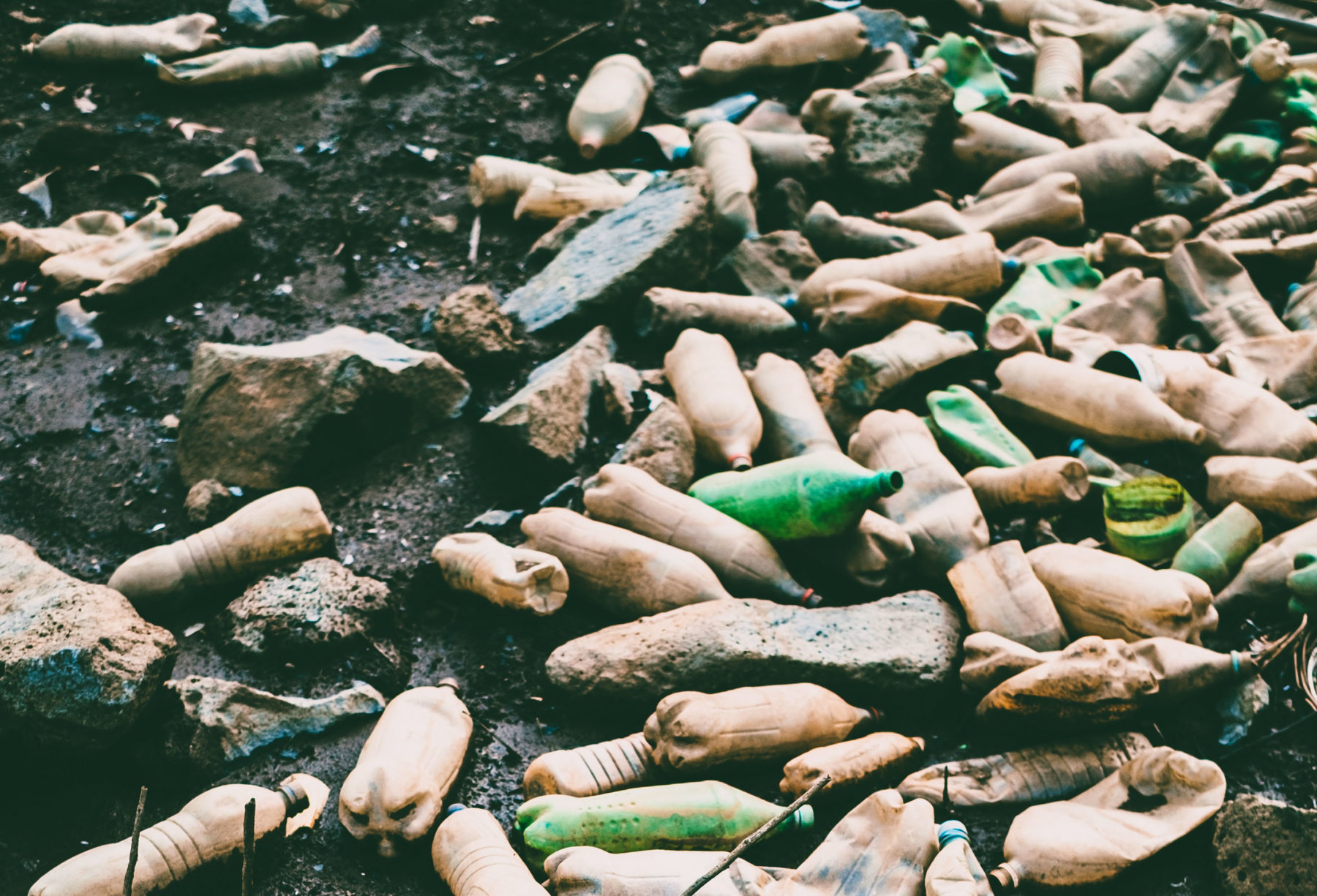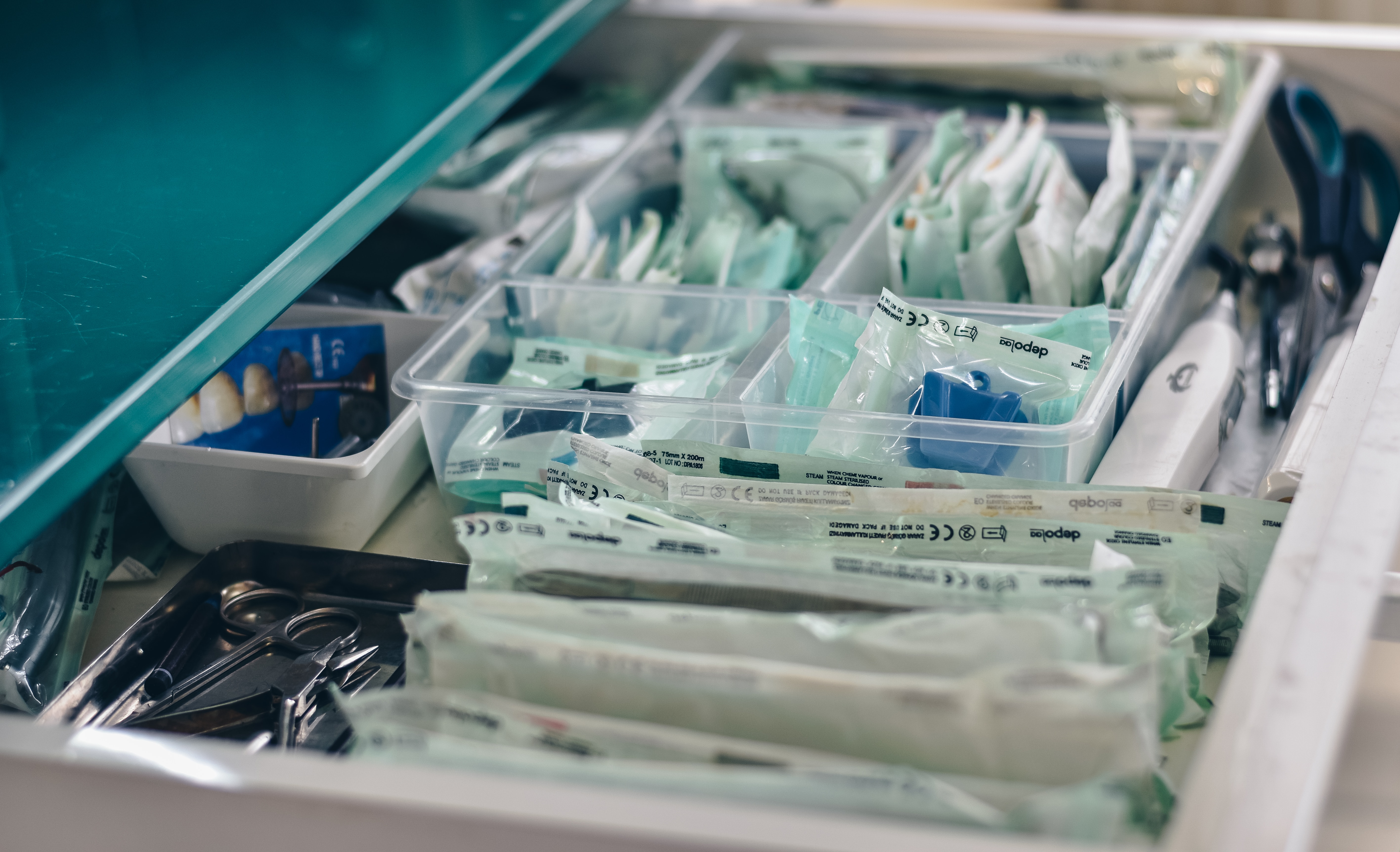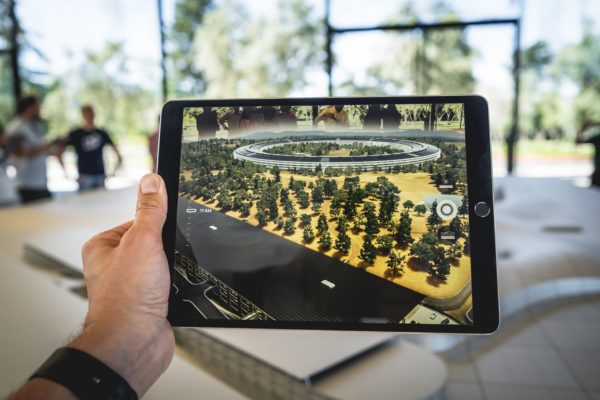Deakin researchers are developing creative solutions to make the most of our waste.
The recycling crisis has only increased concerns about our environmental impact.
We see single-use plastic move from hands to bins in seconds.
According to the 2018 Australia National Waste Report, 103 kg per capita (per year) of our total waste was plastic waste, while just 12% was recycled. The plastics being sent to landfill could take tens to thousands of years to decompose.

In that time, they could pose a threat to the environment, wildlife and our lives.
Dr Riyadh Al-Ameri, a Senior Lecturer in Civil Engineering from Deakin University’s School of Engineering and his team are researching how we can begin to advance single-use medical and domestic glass materials to create sustainable structures.
For the earth, for the community
Rethinking our waste disposal methods isn’t as radical as it may appear.
The casual handing over of your bags at the checkouts is less of a big deal than before the plastic bag ban (Victoria, November 2019).
In supermarkets, even, benches sit proudly at the front of stores declaring they were made out of recycled bags.
If we are moving away from trashing our bags entirely, surely this must mean the same for other materials too?

“Finding new uses for waste products is an emerging challenge globally – how do we improve the way we dispose of materials that have reached the end of their life span?
“Finding safe, sustainable and innovative ways to dispose of waste continues to be a major area of research for our team”, Dr Al-Ameri summarises.
In 2018, he was recognised as one of Australia’s Most Innovative Engineers by Engineers Australia.
The listing recognises the work of a person who has made significant steps to changing the engineering profession and the world.
There is undoubtedly more ground to be covered in transforming plastic waste. And this is a reality for Dr Al-Ameri who found that there was a 30 percent reduction in the water absorption in concrete mixed with plastic.
“This means that using the plastic waste could be a very effective way to reduce the penetration of harmful chemicals and chloride from seawater into concrete, avoiding damage to the concrete and subsequent steel rebar corrosion.”

“Normally, concrete elements in coastal areas are exposed to harsh environments and are at risk of early damage and durability deficiency.
“Hence, it is a win-win situation.”
Moreover, these innovative materials open the door to something long-lasting. Mixing plastic and concrete can create durable, resistant materials.
These can be used in highly corrosive areas like oil and gas rigs, concrete structures near coastal areas, retaining walls located in water as well as in underground concrete infrastructure such as tunnels, dams and pump stations.
From the hospital ward to the ocean floor, these waste utilising materials show how they can do more in the community, rather than in a recycle storage centre.
Our ‘medical’ footprint
Dr Al-Ameri says that hospital waste can do so much more than being sent to incineration centers or landfills.
Once we begin to think of alternative ways, we even have the potential to save the environment from air emissions and solid waste.
“One of the major sources of plastic waste is the medical sector. In healthcare, plastic is the base material of most frequently used items in medical treatment including blood and liquid containers and tubing.”
A major contributor to this waste is the plastic, single-use equipment needed to carry out medical procedures.

For instance, Haemodialysis is a life-sustaining treatment for patients with kidney failure.
However, each dialysis treat creates 2.75kg of plastic waste. Meaning, the 12,000 Australians on dialysis can create up to 5100 tonnes of plastic waste per annum.
“With increasing numbers of people requiring dialysis in Australia and worldwide,” Dr Al-Ameri says “a major challenge is to work out ways to reduce the costs of care delivery, as well as ensuring a healthy environment for future generations”
This is where research comes in handy.
The project began when two kidney specialists from Barwon Health and Melbourne Health approached Deakin University to find a practical solution for their waste issue.
These conversations prompted Dr Al Ameri’s recent project which is interested in how dialysis plastic waste can produce durable non-corrosive concrete.
That will not only extend the service life of waste but also, the concrete structures it creates.
What’s in our heavy industry roads?
While the medical sector explores innovative plastics and encourages healthcare systems take active steps to combat the waste issue, Dr Al-Ameri suggests we can go one step further and transform our fragile glass waste too.
Dr Al-Ameri’s research goes beyond plastic.
He has also explored the uses ground-recycled glass (as a substitute for a common binder, sand) to make polymer concrete, commonly used in the construction industry.
“As the name suggests, polymer concrete uses polymers, typically resins, to replace cement as a binder to produce a high strength, water-resistant material suited to industrial flooring and infrastructure drainage, particularly in areas subject to heavy traffic such as service stations, forklift operating areas and airports.”

“Test results showed that a 20% substitution of sand with recycled glass in the polymer concrete mix would provide the best outcomes in terms of compressive strength and flexural tensile strength while satisfying the requirements of the relevant international standards.”
Dr Al-Ameri suggests we consider materials sources beyond sand and look into recycled ways of approaching construction.
Mined sand requires extensive and often costly forms of production like washing and grading. Any changes to reduce this, by using glass as well as sand for instance, “will lead to significant gains across the industry, potentially on a global scale.”
Driving on glass (or partially at least) has a range of environmental and commercial benefits, as well as, making one of the major types of recyclables in the domestic waste stream more sustainable.
This research can also change what kinds of glass are being recycled, extending to window glass, treated glass and drinking ware.
With concrete in the mix, glass may be stronger than we thought.
Optimising our essential services
The aim of targeting waste is to open the eyes of not consumers, but the industries that assist them.
Researchers like Dr Riyadh Al-Ameri make it clear while services that assist us are essential we can still adapt, refine and optimise their waste output.
At the end of the day, Dr Al-Ameri acknowledges that the need to care for patients, build our homes and to improve our coastal infrastructure isn’t going to disappear into the rubbish littered around our nation.

He suggests the solution here is not to avoid but to rethink and improve our methods of ‘disposing’ of waste.
Dr Al-Ameri’s research then becomes part of the bigger picture when thinking about waste; the circular economy.
“In a circular economy, people minimise waste and make the most of resources. Shifting to a more circular economy will grow the economy, increase jobs and reduce impacts on the environment.”
“The objectives of our research have been aligned with the government plan to increase the diversion of waste from landfill beyond our current rate of 67 per cent.”
“By 2020, we expect to see up to 72 per cent of materials being recovered for recycling or energy. This represents a reduction of over 500,000 tonnes of valuable materials going to landfill.”
By changing the way construction materials are sourced, our communities can become more economical, thoughtful and sustainable about their waste.



